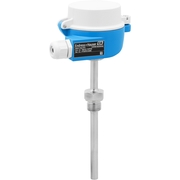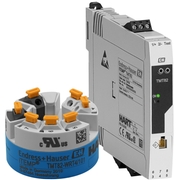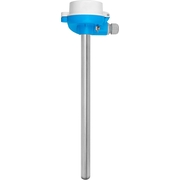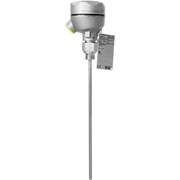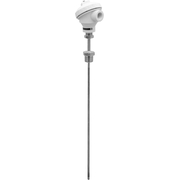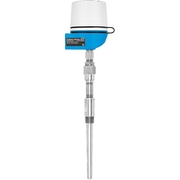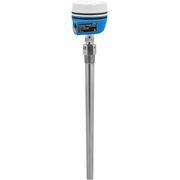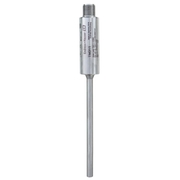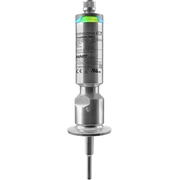Both RTD and TC are widely used in industrial applications to measure temperature. Choosing between thermocouple and resistance temperature detector depends on the specific requirements of the application including temperature range, accuracy, environmental conditions, and budget.
RTDs excel in accuracy, linear response, long-term stability, and resistance to electrical noise, making them ideal for precisely and reliably measuring temperature in controlled environments.
Thermocouples are advantageous for their wide temperature range, durability, fast response time, and cost-effectiveness, making them suitable for extreme industrial conditions and high-temperature applications.
Most methods for monitoring temperature rely on physical properties of materials that vary with temperature. Temperature can be measured by examining changes in physical properties e.g. electrical resistance or voltage. Industrial temperature sensors typically use two types of measurement principles:
1. Resistance Temperature Detector (RTD)
Negative Temperature Coefficient (NTC): These sensors exhibit higher resistance at low temperatures and lower resistance at higher temperatures. / Positive Temperature Coefficient (PTC): These sensors exhibit lower resistance at low temperatures and higher resistance at higher temperatures.
In industrial processes, resistance temperature sensors are most common. An RTD is typically made of high-purity metals. The temperature sensor typically consists of a length of wire made from pure metals such as platinum, nickel, or copper. The electrical resistance of the sensor metal increases as the temperature rises. This change in resistance is measured and converted into temperature readings. Resistance thermometers in industrial processes typically use a platinum sensor, either a Pt100 or Pt1000 temperature sensor. These sensors are standardized e.g. according to IEC 60751. The Pt100 temperature sensor is a temperature-sensitive platinum resistor with a resistance of 100 Ω at 0 °C (32 °F) and a temperature coefficient α = 0.003851 °C-1
2. Thermocouples (TC)
Thermocouples are comparatively simple, robust temperature sensors which use the Seebeck effect for temperature measurement. If two electrical conductors made of different materials are connected at a point, a weak electrical voltage can be measured between the two open conductor ends if the conductors are subjected to a thermal gradient. This voltage is called thermoelectric voltage or electromotive force (emf). Its magnitude depends on the type of conducting materials and the temperature difference between the "measuring point" (the junction of the two conductors) and the "cold junction" (the open conductor ends). Accordingly, thermocouples primarily only measure differences in temperature. The absolute temperature at the measuring point can be determined from these if the associated temperature at the cold junction is known or is measured separately and compensated for. The material combinations and associated thermoelectric voltage/temperature characteristics of the most common types of thermocouple are standardized in the IEC 60584 and ASTM E230/ANSI MC96.1 standards.


